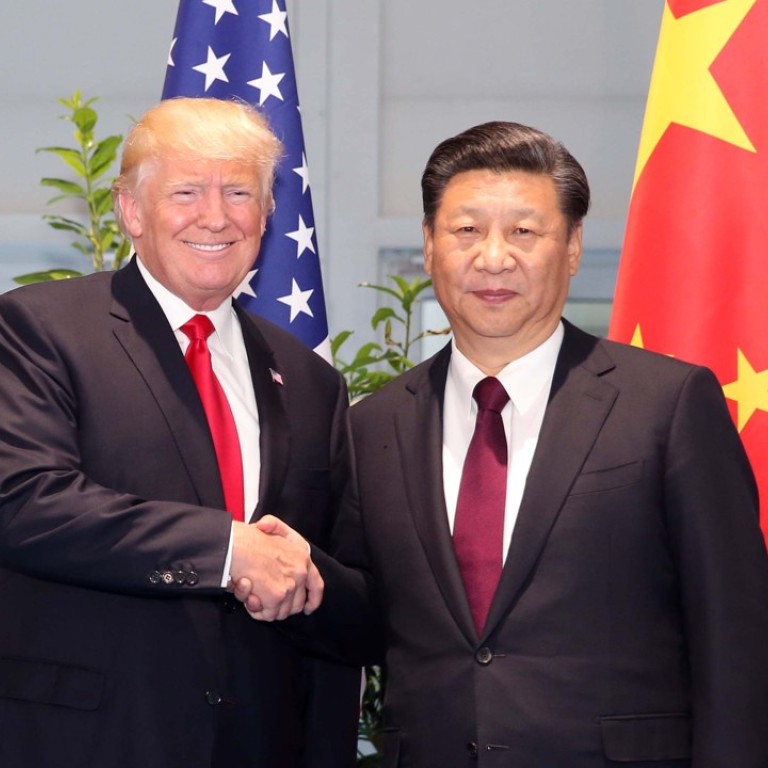
US-China trade must be a two-way street
The failure of a 100-day plan to address the massive trade deficit is not surprising given domestic agendas, particularly Washington’s reluctance to lift its embargo on technology exports to China
The 100-day trade deficit reduction plan agreed between President Xi Jinping and his American counterpart, Donald Trump, in April has proved a fruitless exercise in suspense. High-level talks in Washington to mark the end of the period, and hopefully lift the threat of a trade war, ended without any deal or future agenda. The lack of clear progress is about all the two sides agreed on in separate statements after a day of bilateral meetings, a discordant departure from the usual practice of joint statements and a joint post-talks press conference, which was in fact scheduled but cancelled. The United States said China had acknowledged the need to reduce the US$347 billion trade deficit, which both sides would work cooperatively to achieve. China was a touch more upbeat, with foreign ministry spokesman Lu Kang describing the talks as innovative, practical and constructive.
Despite the 100-day summit goal, the question is whether any substantive progress in resolving intractable trade issues could seriously have been expected. The outcome reflects domestic agendas that will take time to reconcile at the highest bilateral levels.
US disappointment is understandable over failure to reach consensus on a plan and timetable for cutting the deficit, and expanding US access to the mainland market, key points of Trump’s America-first rhetoric. The US remains China’s most important partner in a number of ways. But Beijing has to reconcile any concessions with economic challenges, such as restructuring while maintaining financial stability and growth that sustains confidence.
One way the US could do something on its own account to reduce the deficit, and encourage Beijing to reciprocate, would be to relax its technology embargo on China, now outdated for the original purpose of protecting intellectual property (IP) rights and preventing military adaptation. With China switching towards hi-tech and innovation, the competitiveness of US technology companies would help address the trade imbalance without the need to totally lift the embargo, which should meet Washington’s concerns.
Meanwhile, management of expectations is key to perceptions at this stage. That is the main takeaway for future reference. On this occasion, given restraints on both sides, expectations were too great. They need to talk more and manage the bilateral conversation to project realistic hopes of progress. Observers agreed that both would take steps to avoid the failure of the talks leading to an all-out confrontation. On the American side that should include swift action by Trump to fill senior China and Asian policy positions and develop a clear China policy. Any trade negotiations are tough. The concern is that without deft management, negotiations can stall and tensions can spill over into other areas.

